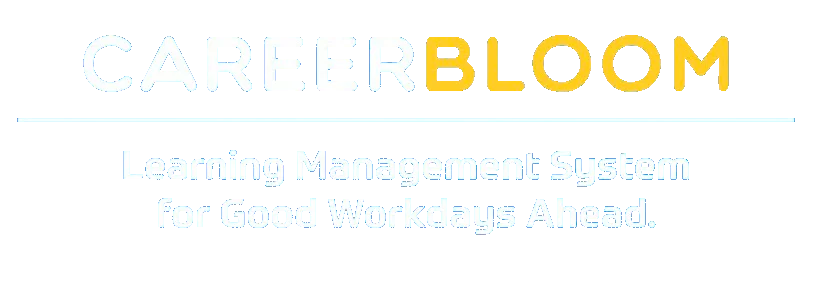Great speakers do not read off a list of facts about their topic, they tell stories to make their concepts come to life.
5 Steps to Craft an Engaging Tale:
- Give them the story’s takeaway first
- Provide the setting for your story
- Introduce the central challenge of the story
- Describe your actions as the story’s hero
- Wrap up your story with the happy ending
Humans are social creatures and have always used stories as a way to connect. That’s exactly what you want to do during an interview.
Engage the interviewer’s attention and build a relationship.
By creating stories to supplement your interview answers, you’ll be memorable – in a good way! Let’s talk about the five key elements you should incorporate into your interview stories for the most impact.
Give them the story’s takeaway first
I know we just got you all excited about the possibilities of using stories in your interview. But don’t forget – your story’s goal is to answer the interviewer’s specific question. Before you begin, provide a concise response. You can also give a heads up that you’re about to tell a story, if they didn’t explicitly ask you to provide one.
Question: What do you think is your greatest strength?
Answer: I think my greatest strength is process improvement. I’m always looking at my work with a critical eye to see how I can do it faster or better. Let me share a brief story to explain.
Provide the setting for your story
Now that they’re eagerly awaiting your tale of process improvement, give them some details about the situation. Where were you working? What was your role? Was it relevant to what you’ll be doing in this position?
"In my last semester, I had an internship at a family law firm. I was responsible for managing the divorce paperwork for our clients, making sure everything was filed in a timely manner. Very similar to tasks I might handle for this position."
Introduce the central challenge of the story
Every good story has a conflict of some kind to add interest and engage the reader. What obstacle did you face? What were the consequences if you didn’t solve the problem?
"I found that we were receiving a huge number of calls from clients asking about the status of their divorce filing. It took time away from my other projects and often the clients were annoyed that they weren’t informed more regularly."
Describe your actions as the story’s hero
This might be a story about process improvement, but you are indeed the hero. Explain exactly what steps you took to conquer the problem. You should spend more time on this part of the story, since it will really drive home the point you’re trying to make – in this case, that you fix issues that others don’t see.
"Since I already had a spreadsheet that tracked the status of each case, I simply added a column with the client’s email addresses. Then, I created email templates that notified them of each step’s completion. From then on, whenever I updated the spreadsheet, I could just click on the email address (it was hyperlinked) and copy the appropriate email template."
Wrap up your story with the happy ending
Every great story has a happy ending. It’s time to share the results of your actions. Try to include numbers or other clear proof that your actions made an impact. If you’re talking about a mistake or weakness, focus on your lessons learned and how you’ve grown.
"The law office noticed a big drop-off in phone calls. The receptionist estimated about 25%! We even had some positive feedback about how excellent our customer service was from newer clients who began receiving the email updates from the beginning of their engagement with us."
Remember: 5 Steps to Creating a Great Interview Story
- Give them the story’s takeaway first
- Provide the setting for your story
- Introduce the central challenge of the story
- Describe your actions as the story’s hero
- Wrap up your story with the happy ending



